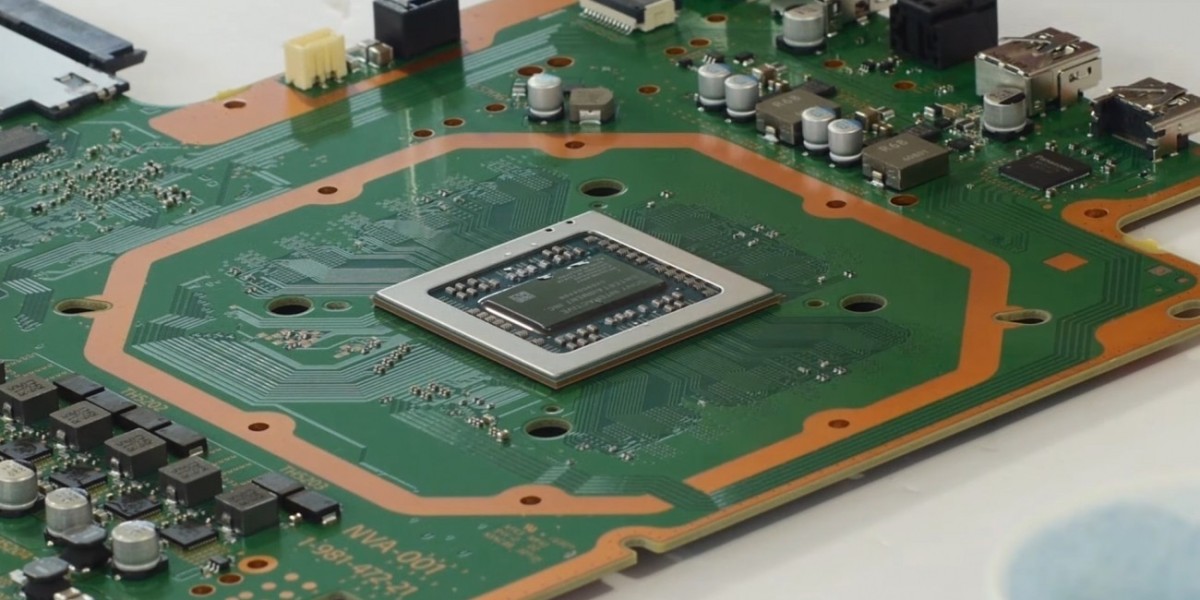The evolution of emulation technology has come a long way over the years, with advancements in hardware allowing older gaming systems to be enjoyed on modern devices. One such emulation is that of the PlayStation 1 (PS1), a console that holds a special place in the hearts of gamers. As emulation technology improves, gamers are increasingly turning to powerful CPUs to emulate the PS1 experience on their PCs. Among the more popular setups for emulating older consoles is using an 8-core CPU running at 3.5GHz. But how does this specific hardware configuration affect the performance of a PS1 emulator?
Can an 8-Core CPU Handle Software Emulation for PS1 at 3.5GHz? Absolutely. When paired with the right software, such as the popular ePSXe or RetroArch, an 8-core CPU with a clock speed of 3.5GHz offers more than enough power to run PS1 games smoothly. The PS1, despite being a classic console, has relatively modest hardware requirements when compared to modern systems, and emulating it requires far less processing power than emulating newer consoles. An 8-core processor is more than capable of handling the demands of PS1 software emulation.
Emulating older gaming consoles like the PS1 is essentially tricking modern hardware into running software that was never designed to operate on it. The process of emulating a system involves translating code written for the original hardware into a format that can be processed by a modern CPU. This process can be quite demanding depending on the complexity of the game being emulated, but with an 8-core CPU at 3.5GHz, the system has ample power to handle these tasks efficiently. Multiple cores allow for smoother multitasking, which is especially useful when running emulators that may also require additional software layers, such as graphical enhancements or plugins.
The clock speed of 3.5GHz also plays a critical role in ensuring the emulator runs at optimal speeds. The higher the clock speed, the faster the CPU can process instructions, and this directly affects the overall performance of the emulator. While the PS1 wasn't a particularly demanding console in terms of computational power, modern systems benefit from the additional horsepower of high clock speeds, ensuring that even more demanding PS1 games are handled without lag or slowdown. In fact, 3.5GHz is considered a sweet spot for most emulation tasks, including PS1, as it provides enough power without straining the system.
However, it’s important to note that the number of cores alone doesn't guarantee smooth performance for all types of emulation. While the 8-core configuration is impressive, the actual performance also depends on factors such as single-core performance, RAM, and GPU capabilities. PS1 emulators rely heavily on single-core performance as well, as many emulation processes are still not fully optimized for multi-core usage. This means that while the 8-core processor might give an extra edge in handling background processes and multitasking, the emulator’s performance will still depend on how well it can utilize the available processing power on a single core.
Moreover, the performance of the PS1 emulator can also be affected by the type of games being run. More graphically intensive titles, such as Final Fantasy VII or Gran Turismo, may require more CPU power to run at full speed, especially when running graphical enhancements or upscaled resolutions. On the other hand, simpler, less demanding games will perform nearly flawlessly on an 8-core CPU at 3.5GHz, even with additional effects enabled. With modern GPUs taking over many of the graphics processing duties, the CPU's role in emulation has become more focused on the logic and game mechanics, leaving less room for performance degradation during gaming sessions.
For users looking to push the boundaries of emulation, the 8-core processor’s ability to support high resolutions and enhanced graphics can provide a huge advantage. When paired with a strong GPU, this CPU can emulate PS1 games at up to 4K resolution with ease, creating a sharper, more visually stunning experience compared to the original hardware. This enhanced visual fidelity is particularly useful for those who are nostalgic for their favorite PS1 games but want to experience them with updated graphics that bring out details that weren't possible on the original console.
Additionally, modern emulators often come with built-in tools to improve performance, such as frame skip adjustments, graphic scaling, and texture filtering. With an 8-core CPU at 3.5GHz, users can enjoy the flexibility of tweaking these settings to achieve the perfect balance between speed and graphical quality. For example, some users might prefer a higher frame rate over graphical fidelity, while others may opt for a more visually impressive experience at the cost of a slight reduction in frame rate.
While the 8-core, 3.5GHz CPU configuration is more than enough for software emulation of PS1 titles, it is also a good idea to optimize the rest of your system for the best performance. Ensuring your system has ample RAM, a capable GPU, and updated drivers will contribute to a smoother experience. For instance, the combination of a good CPU and GPU can help reduce any potential bottlenecks in graphical performance when running demanding titles. Additionally, keeping your system free from unnecessary background processes can ensure that all resources are directed towards the emulator, further enhancing its performance.
Final Thoughts.
An 8-core CPU at 3.5GHz is more than capable of handling PS1 emulation with ease. While PS1 games were designed for much simpler hardware, modern systems benefit greatly from the additional power offered by multi-core processors and higher clock speeds. With the right setup, including a good GPU, RAM, and optimized settings, users can enjoy a flawless and enhanced PS1 emulation experience, bringing back the nostalgia of classic gaming with the power of modern technology. Whether you’re replaying old favorites or discovering classic titles for the first time, the power of an 8-core CPU at 3.5GHz provides a seamless way to relive the PS1 gaming experience on your PC.










